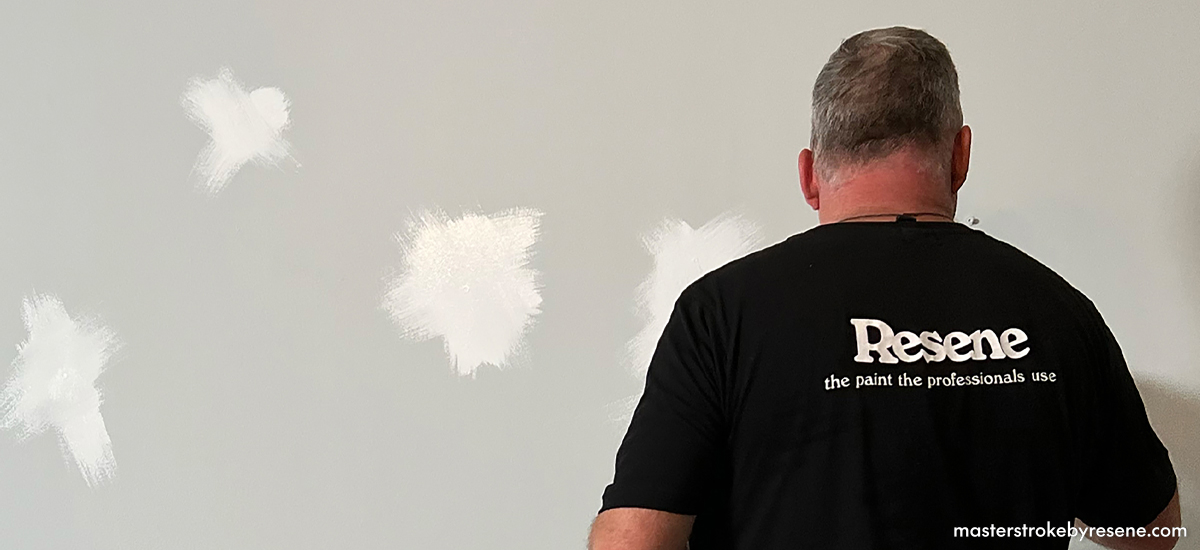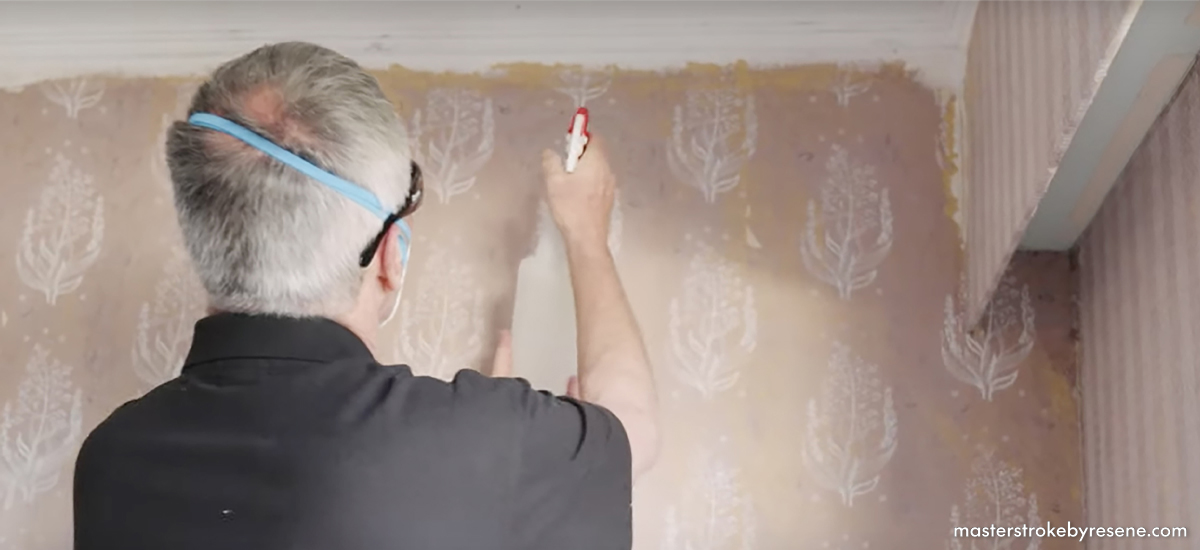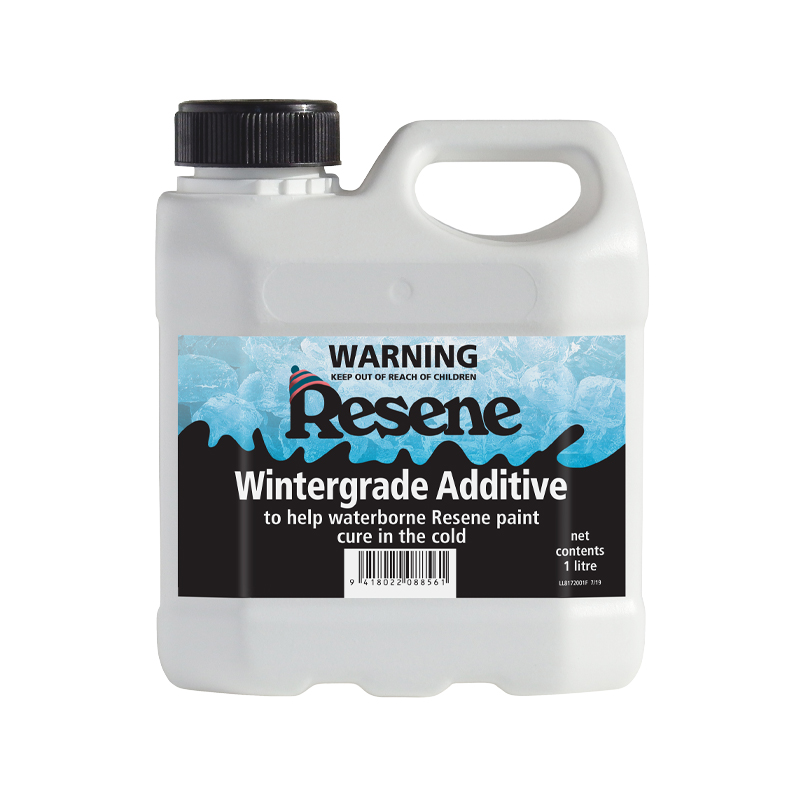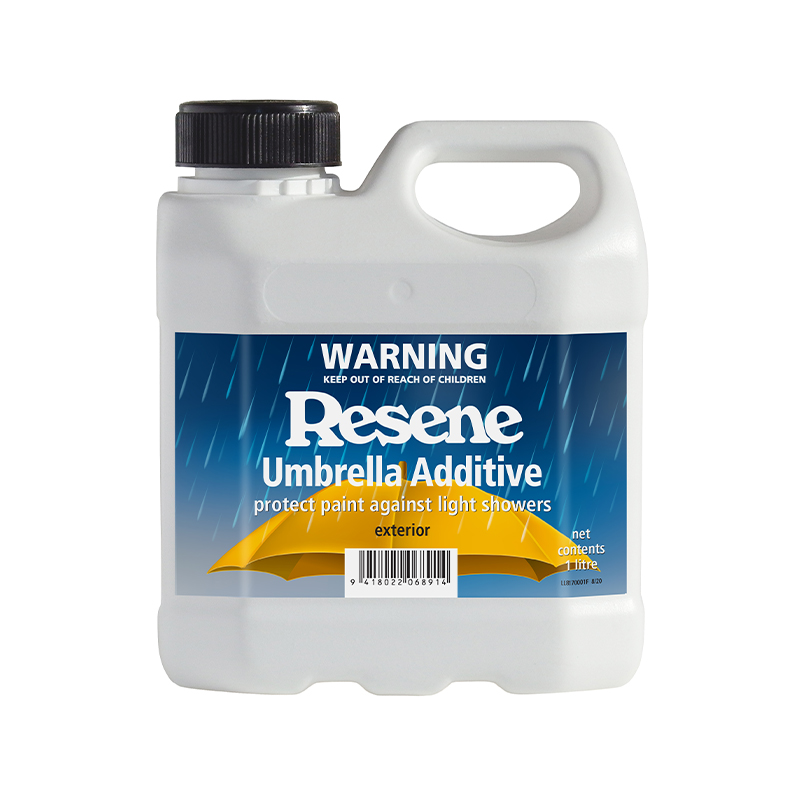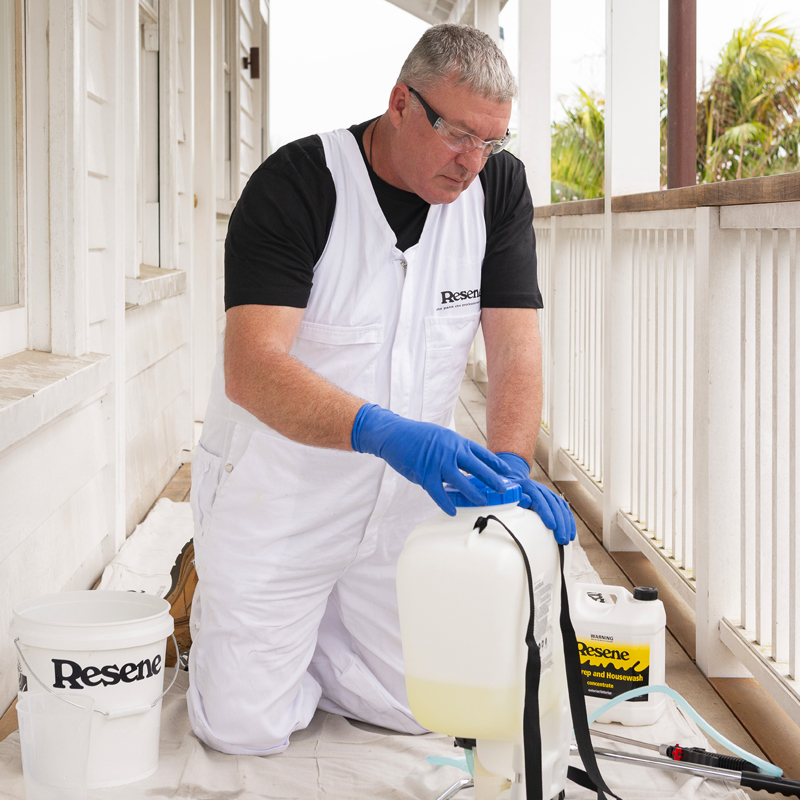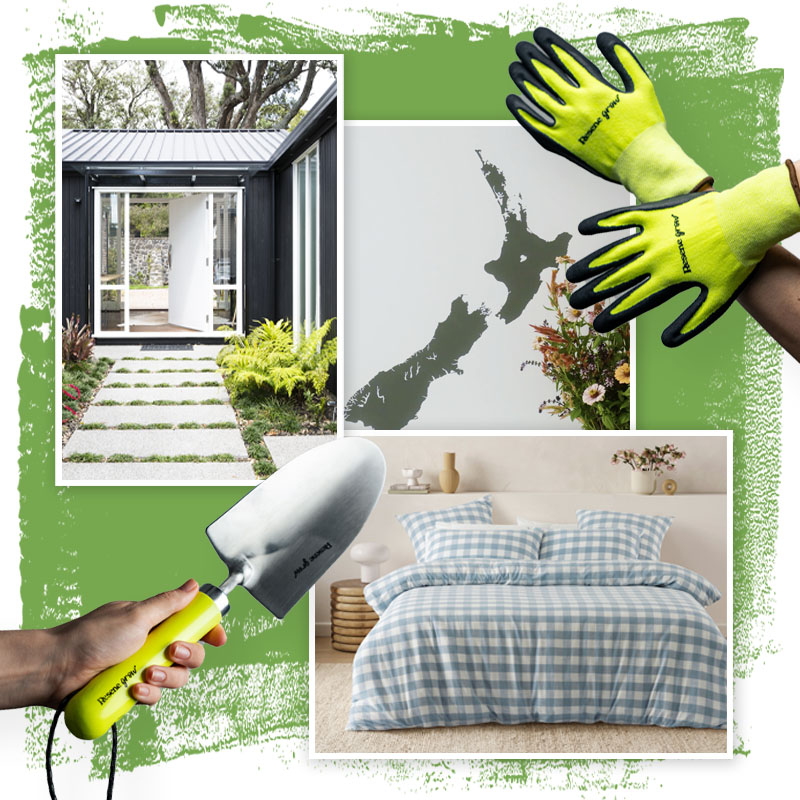While painting in winter can be more challenging, it’s certainly very doable. This is largely in part to Resene scientists working miracles in the lab to design paint products and clever additives that can withstand the cold or wet weather conditions. As we’re often home more on colder winter evenings and weekends, there is extra time to get stuck into some painting around the house. But there are a few points that need to be considered before you begin.
So if you have an outdoor surface just screaming out for a touch-up or a room that needs refreshing, read on for the best ways to go about it.
Take the weather with you
When you paint outside during winter, it’s the opposite of when you’re painting in summer. In summer you avoid the sun as the heat can affect your paintwork, whereas in winter you follow the sun around. But remember, the dew point comes a lot sooner in winter, so you’ll want to stop much earlier in the day. In most areas, stopping early in the afternoon is a best idea. You can then use the rest of your day to do other DIY jobs or start prepping another project.
Just because the air might feel warm on a sunny winter’s day, it doesn’t mean your substrate is, so always feel it to get a gauge for the surface temperature before you begin. If the surface is freezing and icy, wait until it warms up a bit before painting. Remember that surfaces like concrete will take longer to warm up.
Bide your time
As they say, if the washing on the line isn’t drying, neither will your paint. Because winter days are often wet and damp, you need to consider your paint project and the timeline a little more carefully.
Don’t try to cram too many things into one day. If you try to undertake a project in a short period you will struggle as you need to consider drying time for filler, primer and topcoat. Instead, spread out the tasks if you can: wash the walls on a Monday evening, then on Tuesday you can fill some holes and the next day you can sand them and apply some primer. Come painting day on the weekend, all you’ve got to do is concentrate on the painting.
Solid mould
Green and black mould rears its head during winter, so before you paint any surface – inside or out – you need to treat and kill any mould that may be on it. Most exterior surfaces will have mould or moss growing on them. To treat it, simply apply Resene Moss & Mould Killer following the label instructions.

